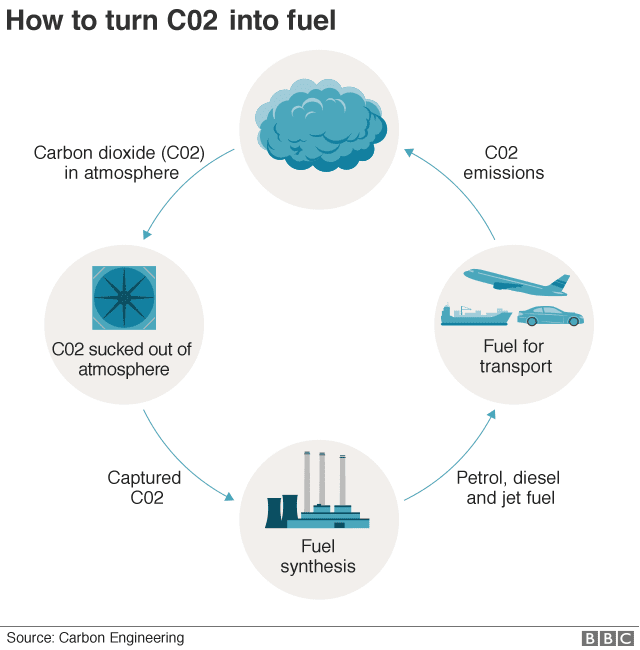Can carbon recapture technology be a realistic solution to the climate crisis?
Catherine Todd. 06/13/2021
You might not think about it often, but the original carbon capturers were trees and plants. For millennia, the world was kept in balance by the emittance of carbon dioxide by humans and the absorption of it by plants. Only during the Industrial Revolution did we stray from this model. Burning coal, natural gas and petroleum put unprecedented levels of toxins and greenhouse gases, like carbon dioxide, into the air. For a long time, people did not understand the huge impact emissions would have on the world. Even after they did, it was ignored for decades and some still ignore it. Even if we reach net-zero Earth, there will still a long period of time before plants can absorb all of this carbon dioxide.
Here comes the idea for carbon recapture technology. If we are able to “grab” the carbon dioxide from the air and redeposit it into the ground where it was stored for years in the form of fossil fuels, then we will be able to save the Earth from the climate crisis. Unfortunately, it is not that simple. The technology has been around since the 1970s, but it has not really taken off. These days we hear about solar, hydro, wind and other forms of clean energy, but carbon recapture is often not in the conversation. However, to be fair, Elon Musk recently tweeted about giving 100 million dollars to carbon recapture technology.
Still, the financial problem of carbon recapture technology persists. The financial incentive for a company to fund an expensive process to remove carbon dioxide from the atmosphere and place it back into the ground does not exist. Why fund a company that removes carbon from the air in an expensive way rather than one that releases it with no immediate consequence? Maybe with more regulation and costs associated with releasing carbon dioxide, the financial incentive to support carbon recapture technology will grow.
In the meantime though, carbon recapture technology continues to get better. For example, Berend Smit on CNBC says he is trying a new technology that involves carbon dioxide flowing through a sponge with chemicals that latch onto the carbon dioxide in the air and when it is heated Carbon Dioxide can be separated from the sponge and sent to storage underground. With this technology, carbon recapture will be able to be more freestanding and mobile, so it will require less machinery. According to Paitoon Tontiwachwuthikul, this new innovation could cost up to 70%.

Another factor to consider is how necessary recapture technology really is. Many people argue that trees are the only recapture technology we need and that we should plant more trees anyway. However, trees require a lot of resources, including water, which is in short supply in many places in the world. They also take time to grow, as well as a lot of land. Additionally, trees are already being cut down at a large rate in places such as the Amazon rainforest. There is no way to replenish trees at the rate they are killed and also plant enough to make a meaningful difference concerning the amount of carbon dioxide in the atmosphere.
When speaking about these solutions, it is always imperative to mention that reducing fossil fuel consumption is still necessary to reduce greenhouse gas levels. Carbon recapture technology cannot be another ‘save the turtles by not using a plastic straw’ movement. Companies should not feel that they have no obligation to use green energy even if they employ carbon recapture tactics. It is too easy for someone to say that we can continue to use fossil fuels at our current levels.
Again, we have been polluting the Earth for some time now, and in order to make a positive impact on the environment, we need negative emissions, not zero emissions. Carbon recapture technology is certainly part of that, but definitely not all. This negative emission world would require the usage of solar energy, hydroelectricity, wind power and many more types of renewable energy. Maybe if this climate threat was taken more seriously earlier on, a more mild solution, such as removing carbon dioxide from the atmosphere, could be possible. Alas, we currently have 415 ppm of carbon dioxide in the atmosphere, versus the 280 ppm before the Industrial Revolution. We must recognize that no one thing can fix the problem that we have. Even though carbon recapture technology is great, it must be accompanied by appropriate policy, social change and renewable energy solutions.
Cover Photo: (IEEE Spectrum)
